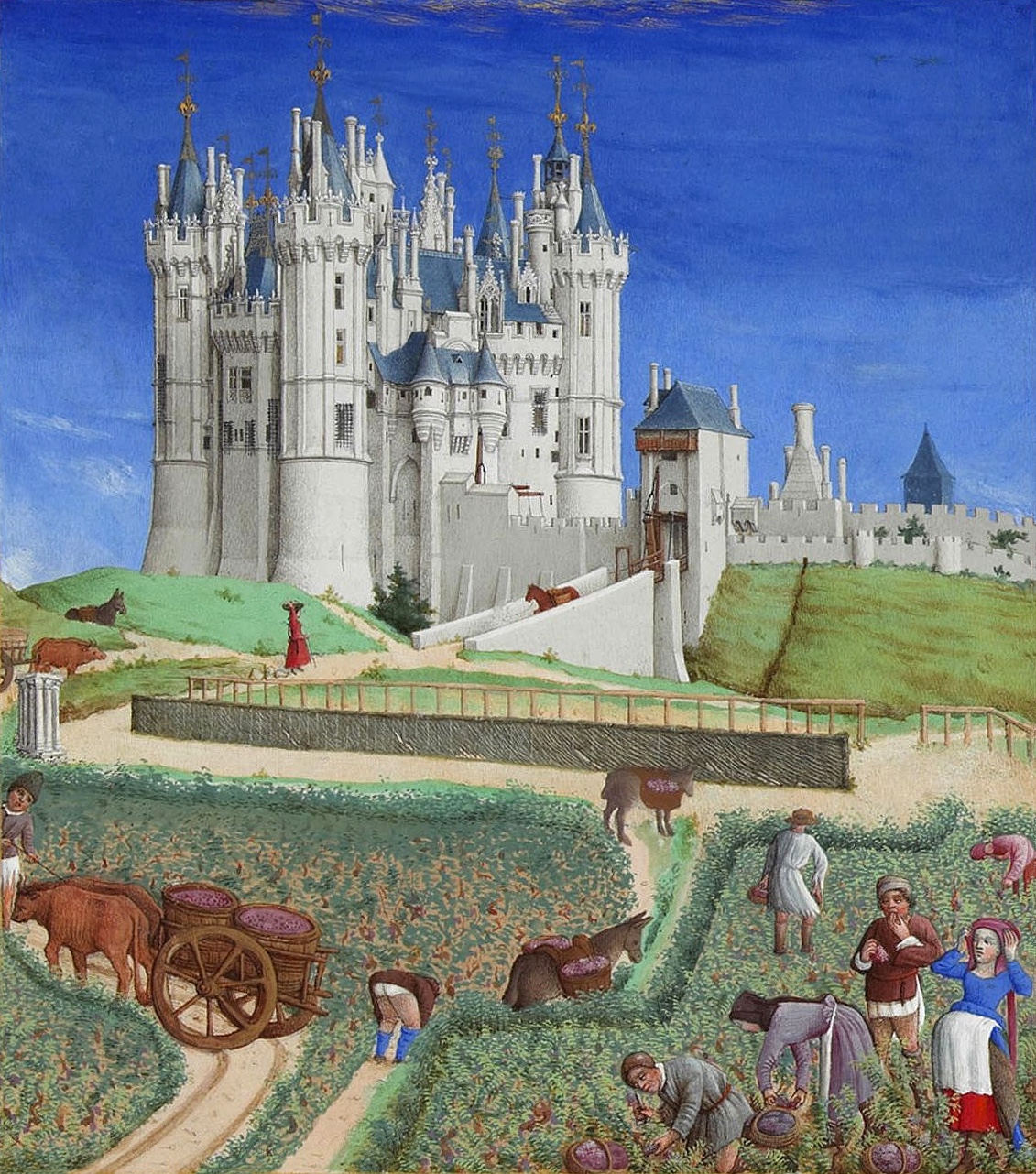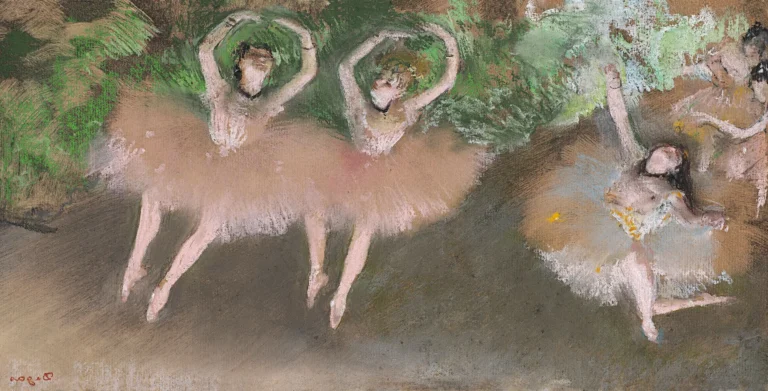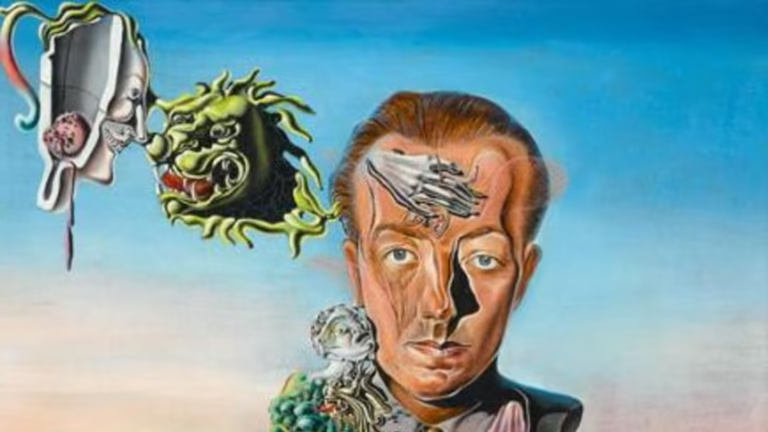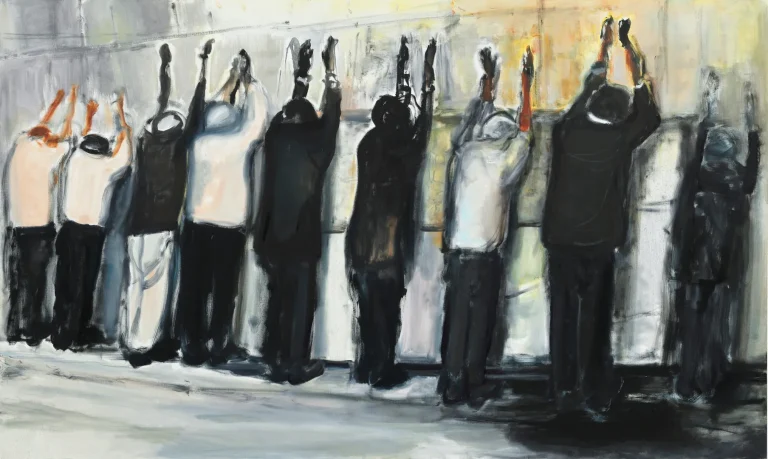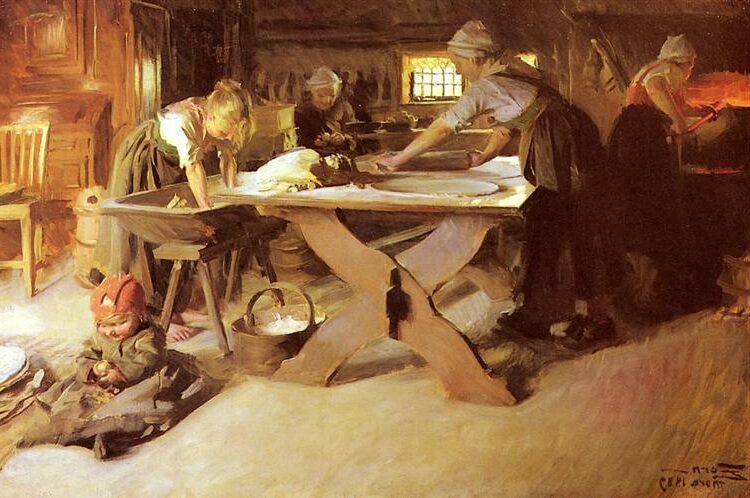5 Key Contributions of the Limbourg Brothers: Revolutionizing International Gothic Art and Manuscript Illumination
Born: 1380, Nijmegen Netherlands
Death: 1416, Nijmegen Netherlands
Art Movement: Gothic Art
Nationality: Dutch
Commissioned by: Jean de France, the Duke of Berry
Influenced by: Jean Malouel
Les très riches heures du Duc – November
Life and Career of Limbourg Brothers
The Limbourg brothers, Herman, Paul, and Jean, were renowned miniature painters from Nijmegen, who rose to prominence through aristocratic patronage in early 15th-century France.
Early Life and Background
The brothers, Herman, Paul, and Jean de Limbourg, were born in the city of Nijmegen which is currently part of the Netherlands. They hailed from a family with artistic ties, as their father was a woodcarver and their uncle, Jean Malouel, served as a court painter. The Limbourgs initially worked under their uncle, who was connected to the French court, learning the skills that would later establish them among the era’s most accomplished manuscript illuminators.
Ducal Patronage: Jean de France and Philip the Bold
Under the opulent patronage of Jean de France, the Duke of Berry, they crafted some of their most seminal work, notably the “Très Riches Heures du Duc de Berry”, which is heralded as a pinnacle of International Gothic illumination. The brothers’ talent and connection to their uncle, Jean Malouel, who was himself a court painter to the duke of Burgundy, allowed them to gain the favor of French aristocracy. Their other notable patron, Philip the Bold of the Duke of Burgundy, was part of the influential Valois dynasty, which provided the brothers with prestigious commissions that often involved detailed manuscript illustrations with intricate use of gold and a vivid color palette, reaffirming their masterful combination of artisanship and opulence.
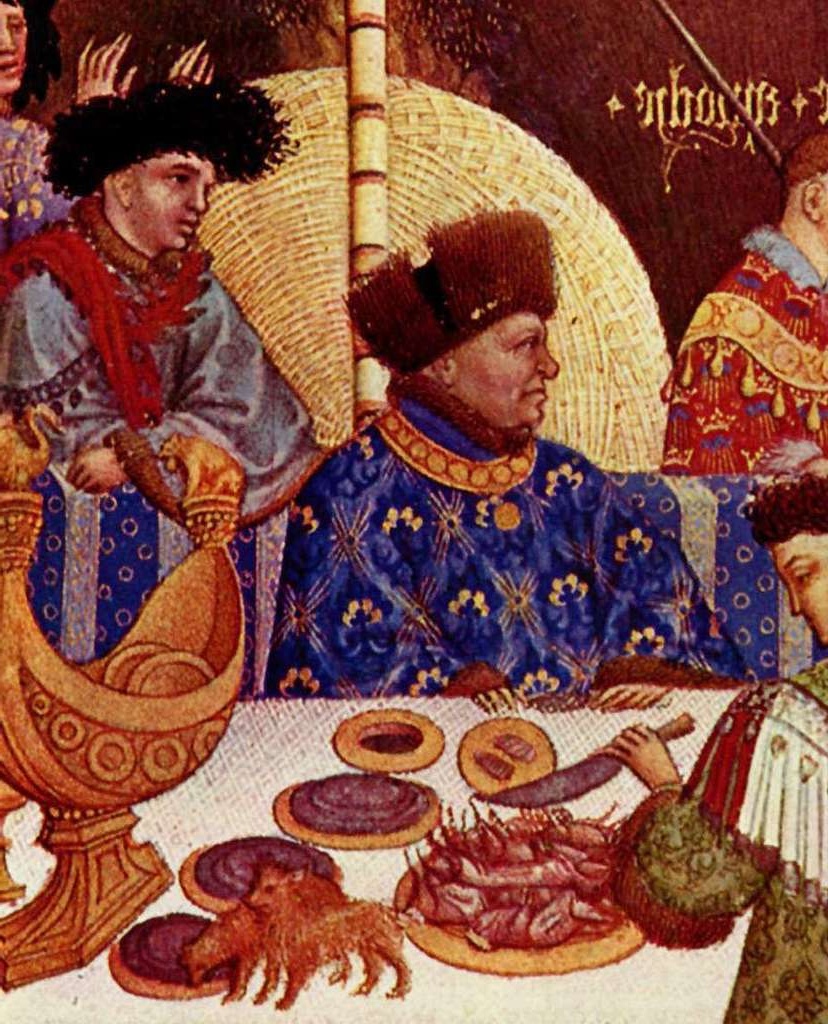

Masterworks and Artistic Style
The Limbourg brothers’ contribution to the world of art is most profoundly seen through their masterworks, which showcase their adept skill in the International Gothic style. Their most lauded achievements are vividly displayed in illuminated manuscripts commissioned by the French nobility of the time.
Très Riches Heures du Duc de Berry
The most celebrated artwork of the Limbourg brothers is undoubtedly the Très Riches Heures du Duc de Berry. This illuminated manuscript is renowned for its detailed miniature paintings and extensive use of gold leaf. Crafted on vellum, a high-quality parchment, the manuscript includes a Book of Hours, which is a collection of texts, prayers, and psalms for devotion. Each page of the Très Riches Heures is a testament to the brothers’ mastery over miniature painting and their ability to convey narrative through visual means.


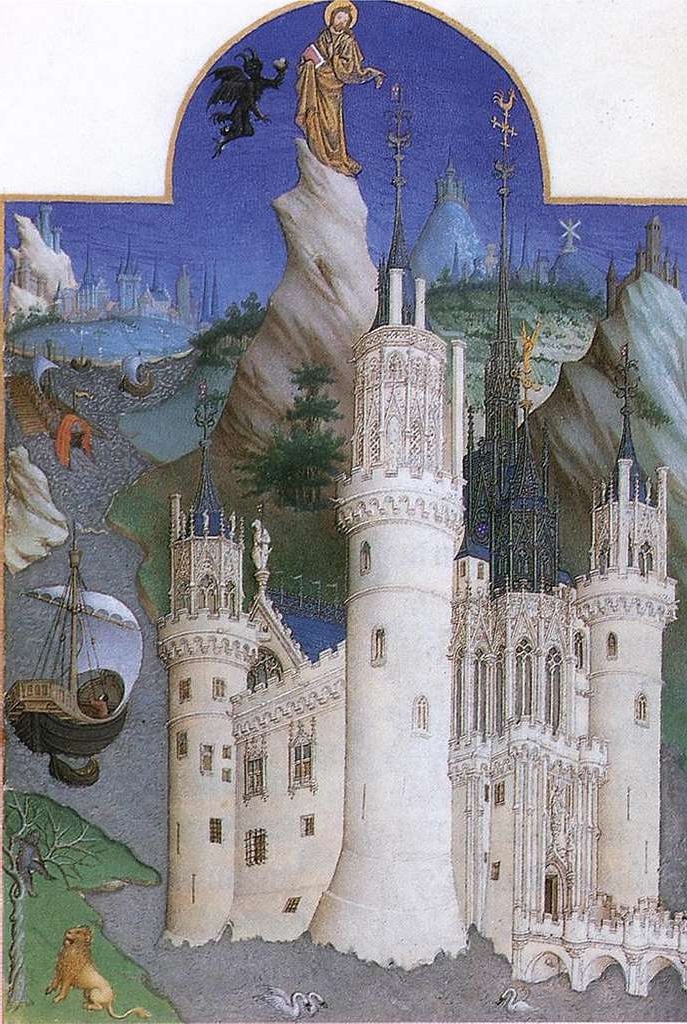
Belles Heures du Duc de Berry
Before the Très Riches Heures, the Limbourg brothers worked on another significant commission, the Belles Heures du Duc de Berry. This illuminated manuscript also served as a Book of Hours and was completed in the early 15th century. The Belles Heures highlights the brothers’ early work and sets a foundation for their later masterpieces, displaying their skill in combining both text and image on a single page. Executed with exceptional craftsmanship, the manuscript’s illuminations stand as fine examples of the brothers’ artistic prowess.
Development of International Gothic Style
The artistic style of the Limbourg brothers is a clear reflection of the International Gothic aesthetic prevalent during the late 14th and early 15th centuries. As significant exponents of this style, they introduced intricate detail, vibrant colors, and delicate figures in their compositions. Their work blends elements of both Franco-Netherlandish and Italian art, marking a pivotal period in the evolution of manuscript illumination and painting. The Limbourg brothers’ attention to naturalism and fine detail contributed greatly to the advancement of the International Gothic style, setting a standard for future generations of miniature painters.
Legacy and Influence
The Limbourg brothers, Herman, Paul, and Jean, are heralded for their significant contributions to the art of illumination during the late Gothic period. Their legacy is particularly encapsulated in their meticulous crafting of Books of Hours, which are personal prayer books that were popular in the Middle Ages. These works, most notably the Très Riches Heures du Duc de Berry, are pivotal in the history of European art due to their innovative use of landscape and detailed representation of the months’ labors and zodiac signs.
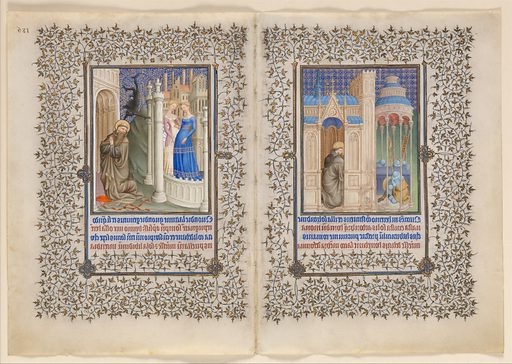
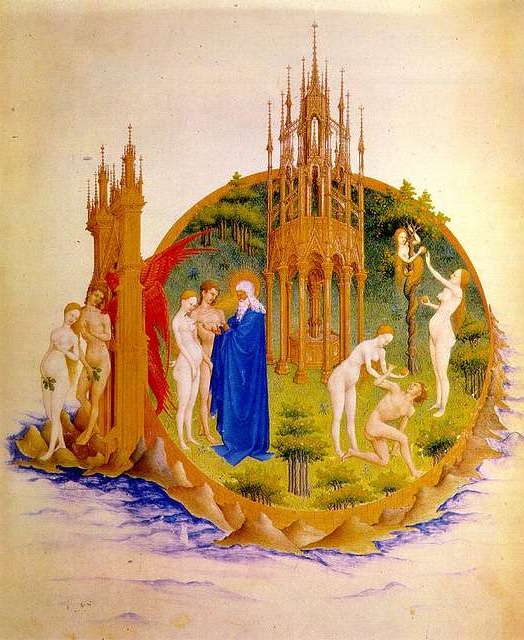
Artistic Developments:
- Integration of Italianate elements: The brothers’ work anticipated the Renaissance by blending Northern European and Italian artistic elements.
- Innovations in Landscape: They were among the first to depict realistic European landscapes, setting a standard for naturalism in art.
Influential Works and Disciples:
- Books of Hours: Key examples include the Belles Heures and the unfinished Très Riches Heures, which remained influential in the domain of private devotional texts.
- Jean Colombe: a notable late 15th-century painter and manuscript illuminator, completed some of the Limbourg brothers’ unfinished works.
- Barthélemy van Eyck and Jean Fouquet: were among a group of artists that carried forward the stylistic advances made by the Limbourg brothers.
Collections:
- Metropolitan Museum of Art: The Cloisters collection holds some of their significant manuscripts.
- The Cloisters: The Belles Heures of Jean de France, Duc de Berry is a prominent part of the collection, representing the pinnacle of Late Medieval book illumination.
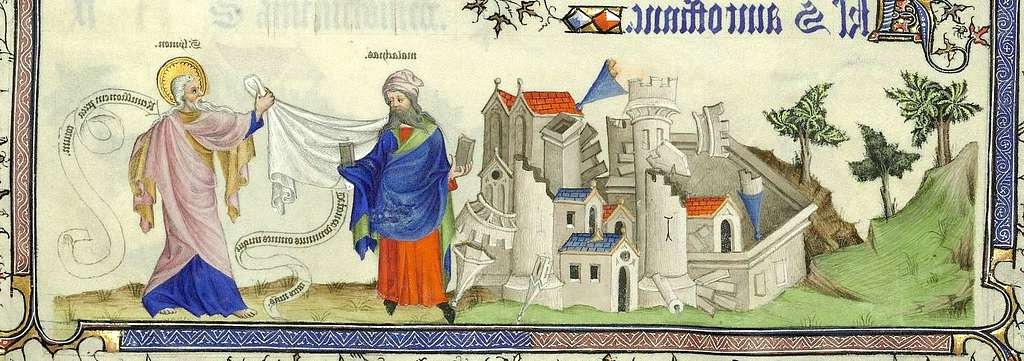
Cultural and Artistic Heritage:
- The trio’s work has been referenced and studied extensively as a crucial link between medieval art and the onset of the Renaissance.
- Their aesthetic has resonated through centuries, from the patrons of their time like the Duke of Berry to 20th-century collectors who have endeavored to preserve their creations.
Frequently Asked Questions
The Limbourg brothers, renowned for their groundbreaking work in manuscript illumination, left a significant mark on the history of art with their detailed and vibrant illustrations. Their contributions are particularly evident in the development of the book of hours and the International Gothic style of painting.
What work are the Limbourg brothers best known for?
They are best known for their richly decorated book of hours, “Très Riches Heures du Duc de Berry,” which is considered one of the key highlights of medieval manuscript illumination due to its intricate details and vivid portrayal of medieval life.
What style of art did the Limbourg brothers work in?
The Limbourg brothers worked in the International Gothic style, characterized by a refined and elegant approach that incorporated intricate detailing, vivid colors, and graceful figures.
Which significant illuminated manuscripts did the Limbourg brothers create?
Their most significant work is the “Très Riches Heures du Duc de Berry,” a luxurious book of hours that remains an exemplar of early 15th-century French art and International Gothic style.
In which months can one find the Limbourg Brothers’ most recognized illustrations in Très Riches Heures?
Their most recognized illustrations can be found in the calendar section of “Très Riches Heures,” where each month of the calendar is depicted with a corresponding illustration that reflects the activities and landscapes associated with that time of the year.
What was the role of the Limbourg Brothers in the development of the book of hours?
They played a pivotal role by enhancing the book of hours with unprecedented levels of opulence and intricate artistry, thereby setting a new standard for illuminated manuscripts during their time.
What happened to the Limbourg Brothers and how did it affect their art?
The Limbourg brothers, Herman, Paul, and Jean, died in 1416, possibly due to an epidemic, which left their seminal work, the “Très Riches Heures du Duc de Berry,” unfinished. Their untimely death affected the world of art as they could not continue their innovative contributions to manuscript illumination.
 The fall and the expulsion from paradise
The fall and the expulsion from paradise Tres riches heures du Duc de Berry
Tres riches heures du Duc de Berry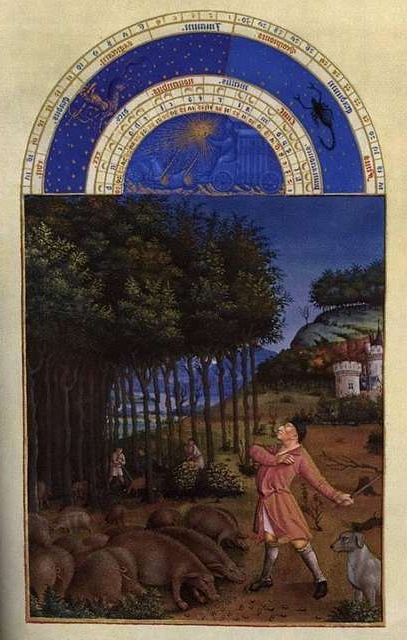 Les très riches heures du Duc de Berry – Novembre (November) by Limbourg Brothers in 1412 In Gothics Art and medieval illuminated manuscript
Les très riches heures du Duc de Berry – Novembre (November) by Limbourg Brothers in 1412 In Gothics Art and medieval illuminated manuscript Jean de France, the Duke of Berry
Jean de France, the Duke of Berry les tres riches heures du Duc de Berry
les tres riches heures du Duc de Berry The Belles Heures of Jean de France, Duke of Berry 1405
The Belles Heures of Jean de France, Duke of Berry 1405 Les tres riches heures du Duc of berry in march
Les tres riches heures du Duc of berry in march Depart for a pilgrimage small hours Duke of Berry limburg
Depart for a pilgrimage small hours Duke of Berry limburg Calender of 11 november Grandes heures du Duc de Berry
Calender of 11 november Grandes heures du Duc de Berry

